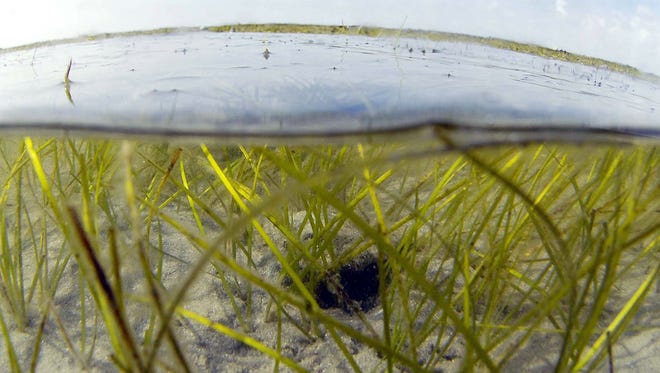Infection
Man dies after contracting Vibrio vulnificus bacteria from fresh oysters in Texas restaurant
The consumption of raw oysters at a Texas restaurant led to the untimely death of a relatively healthy man in his 30s.
The man, contracted a bacterial infection known as Vibrio vulnificus that thrives in warm coastal waters. Bacterial infections like this one are on the rise as water temperature continues to increase in response to climate change.
Vibrio vulnificus bacteria can be found in raw or undercooked seafood, but also naturally occurs in saltwater and brackish water.
You can be infected with Vibrio when an open wound comes into contact with raw or undercooked seafood, its juices, or its drippings or with saltwater or brackish water, the CDC reported.
The Centers for Disease Control and Prevention has issued a health alert in response to the number of people who have been infected with Vibrio vulnificus and those who have died as a result of the infection since the start of the year.
Approximately 80,000 people get Vibrio vulnificus every year. Of those infected, only about 100 people will die from the infection annually in the U.S., according to the CDC.
A dozen dead:CDC warns of rare bacterial infection claiming lives in America
What is the link between Vibrio vulnificus and oysters?

Vibrio bacteria and oysters often coexist in the same environment. Bacteria can concentrate in their tissue when they begin to feed by filtering water, according to the CDC.
The bacteria or viruses that exist within the oyster can cause illness when it is raw or undercooked. People with underlying health conditions like cancer, liver disease, diabetes, or those who are immunocompromised have a higher risk of infection.
Most vibrio infections caused by oysters result in diarrhea and vomiting, but infections caused by Vibrio vulnificus can produce bloodstream infections and severe blistering skin lesions. Between 15 and 30% of infections are fatal, the CDC reports.
An oyster that contains harmful bacteria won’t look, smell, or even taste different from any other oyster so it is impossible to tell if you have a bad oyster just by looking at it. The only way to kill harmful bacteria present in an oyster is by cooking it properly.
Most vibriosis cases occur during warmer months of the year, but cases have been reported year-round, the CDC reports.
Several oysters were consumed by the man at a restaurant in Galveston late last month. He was admitted into a hospital two days later, but never recovered. The man passed away over Labor Day weekend, according to a FOX affiliate in Atlanta.
Public health authorities in the area were investigating his death and the batch of oysters he ordered from the restaurant.
“We’ve actually gone to the restaurant where he was eating, and we pulled the oysters from the shelf. There are tags to them, so we can identify the lots, and the state is actually analyzing them to see if we can find the bug in a particular lot of oysters,” Dr. Philip Keiser with the Galveston County Local Health Authority shared with the affiliate.
The man also had underlying health issues.
“He had problems with his liver. He also had some other problems, and he had to take some medication that suppressed his immune system. It just so happens that the conditions that he had really predisposed him to an overwhelming infection with Vibrio vulnificus, “Keiser shared.
ICYMI:CDC warns of rare bacterial infection that has claimed the lives of a dozen Americans
How do you protect yourself from Vibrio?
Here are some tips from the CDC on how to keep you and your family safe from Vibrio:
- Stay out of saltwater and brackish water if you have an open wound or cut. If you get a cut while you are in the water, leave the water immediately.
- If your open wounds and cuts could come in contact with salt water, brackish water or raw or undercooked seafood, cover them with a waterproof bandage.
- Wash open wounds and cuts thoroughly with soap and clean, running water after they come in contact with saltwater, brackish water, or drippings from raw or undercooked seafood.
- Cook raw oysters and other shellfish before eating.
- Always wash your hands with soap and water after handling raw shellfish.
- Seek medical attention right away for infected wounds.
What are some signs you have experienced a Vibrio vulnificus infection?
Common signs and symptoms you may experience as a result of Vibrio vulnificus infection, according to the CDC:
- Watery diarrhea, often accompanied by stomach cramping, nausea, vomiting, and fever
- For bloodstream infection: fever, chills, dangerously low blood pressure and blistering skin lesions
- For wound infection, which may spread to the rest of the body: fever, redness, pain, swelling, warmth, discoloration and discharge
More:Rare flesh-eating bacteria kills 5 in Florida, 3 in New York, Connecticut

